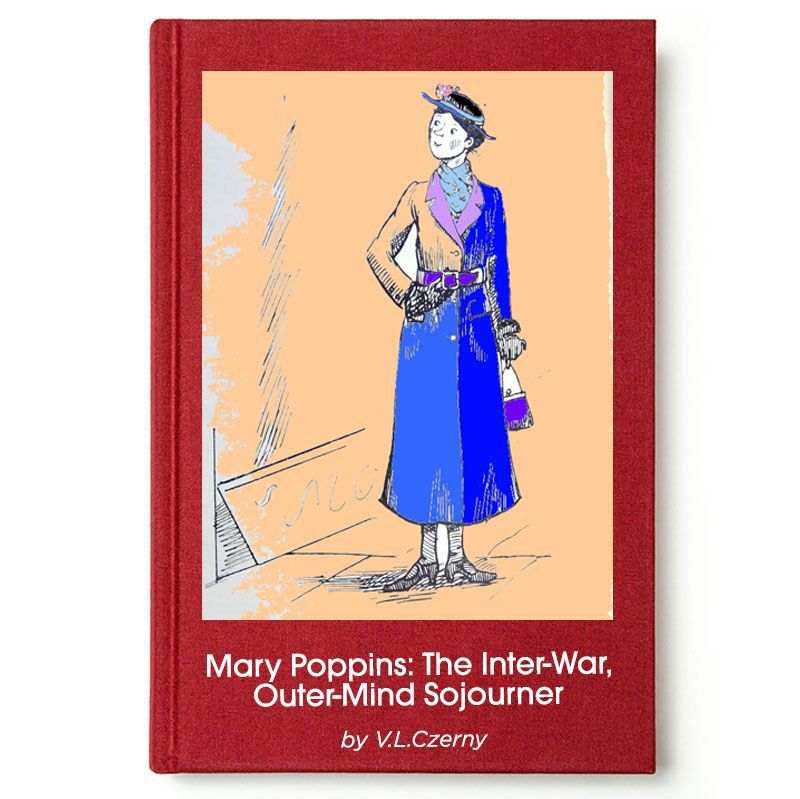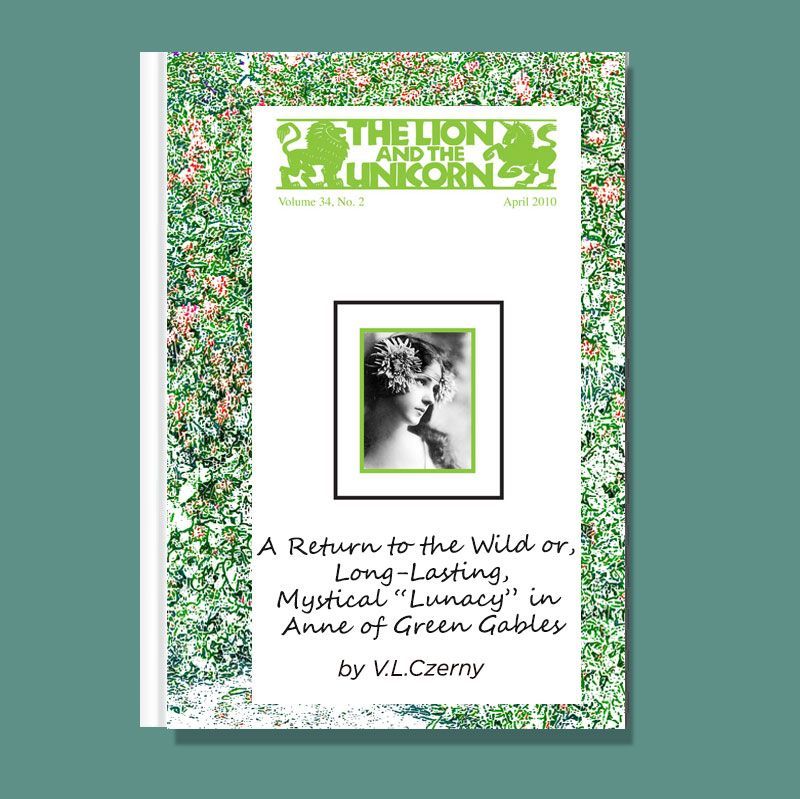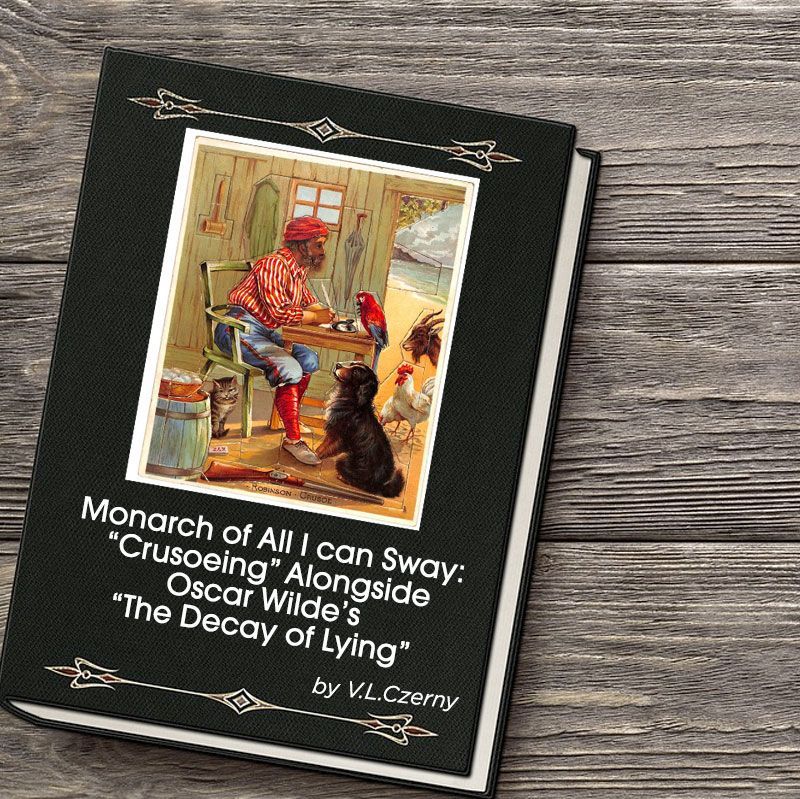Mary Poppins: The Inter-War, Outer-Mind Sojourner
In a speech that he was writing and editing on an April day in 1945, Franklin D. Roosevelt wrote that the « old, old chorus [of] all the world’s sad aggregation of timid souls […] tells us […] there can be no end to [war]. » But, he continues, « that cult of the faint-hearted […] has become – for the first time – a minority belief. We have struck boldly forward in the inner world of our thinking […], and we have discovered that the world is not flat. »
A Return to the Wild or, Long-Lasting,
Mystical “Lunacy” in
Anne of Green Gables
It is interesting to note that much of the critical exchange addressing
Anne of Green Gables as a subject of discourse involves biographical connections to the life of Lucy Maud Montgomery. Holly Blackford writes, for instance, that “Montgomery clearly recovered her own childhood self when she birthed Anne.” As we relate to Anne as readers, we seem to be drawn by an almost insatiable need to discover her origins. What or who inspired Montgomery
to create Anne?
Constrained by Performance:
Like a New Spine from an Old Root, Women Write the Wild
In the following essay, Czerny asserts that in The Tale of Mrs. Tiggy-Winkle Potter presents “an alternative perception of the ‘performance’ of gender, where traditionally conceived associations are borrowed in order not to thwart or subvert them forthrightly, but, instead, to call attention to the creative, imaginative fabric of wonder that, essentially, transcends performance.” Czerny contradicts the idea that the characterization of the hedgehog washerwoman “sustains established notions of gender.”
"Bang! Just Like a Candle": Extinguishing Angels with Vaporous, Carrollian Glass
But, even more importantly, as we read Gilman’s story, we discover that she is still there, with full mental clarity and autonomy, existing in-between the lines, refusing to go out—bang!—like a candle. Instead of being a weak, feeble light, she is brightly burning, waiting for readers to find her and others like her in order to learn, above all, the art of true seeing in a world shaped by illusion, and in order to cultivate, in a world governed by the games that define presumed states of reality, that rarely acquired expertise —the art of knowing how to disbelieve.
Monarch of All I can Sway: "Crusoeing" Alongside Oscar Wilde's "The Decay of Lying"
Even though Oscar Wilde’s character Vivian in “The Decay of Lying” attacks Robert Louis Stevenson for his realism, what Stevenson does in Treasure Island and what Daniel Defoe does in Robinson Crusoe is to create the only real islands, for they are mystical islands of the imagination that are more real than the islands that inhabit our oceans.




